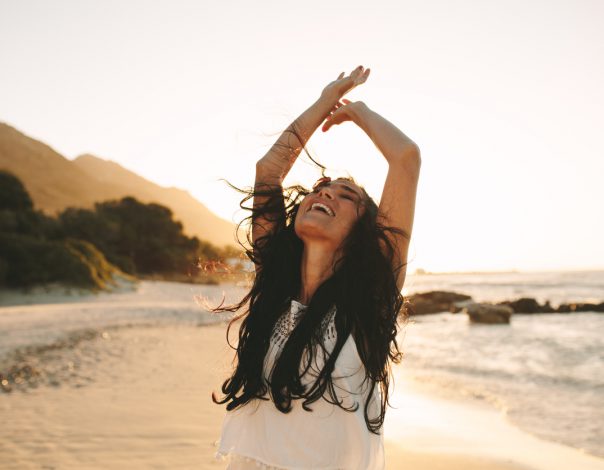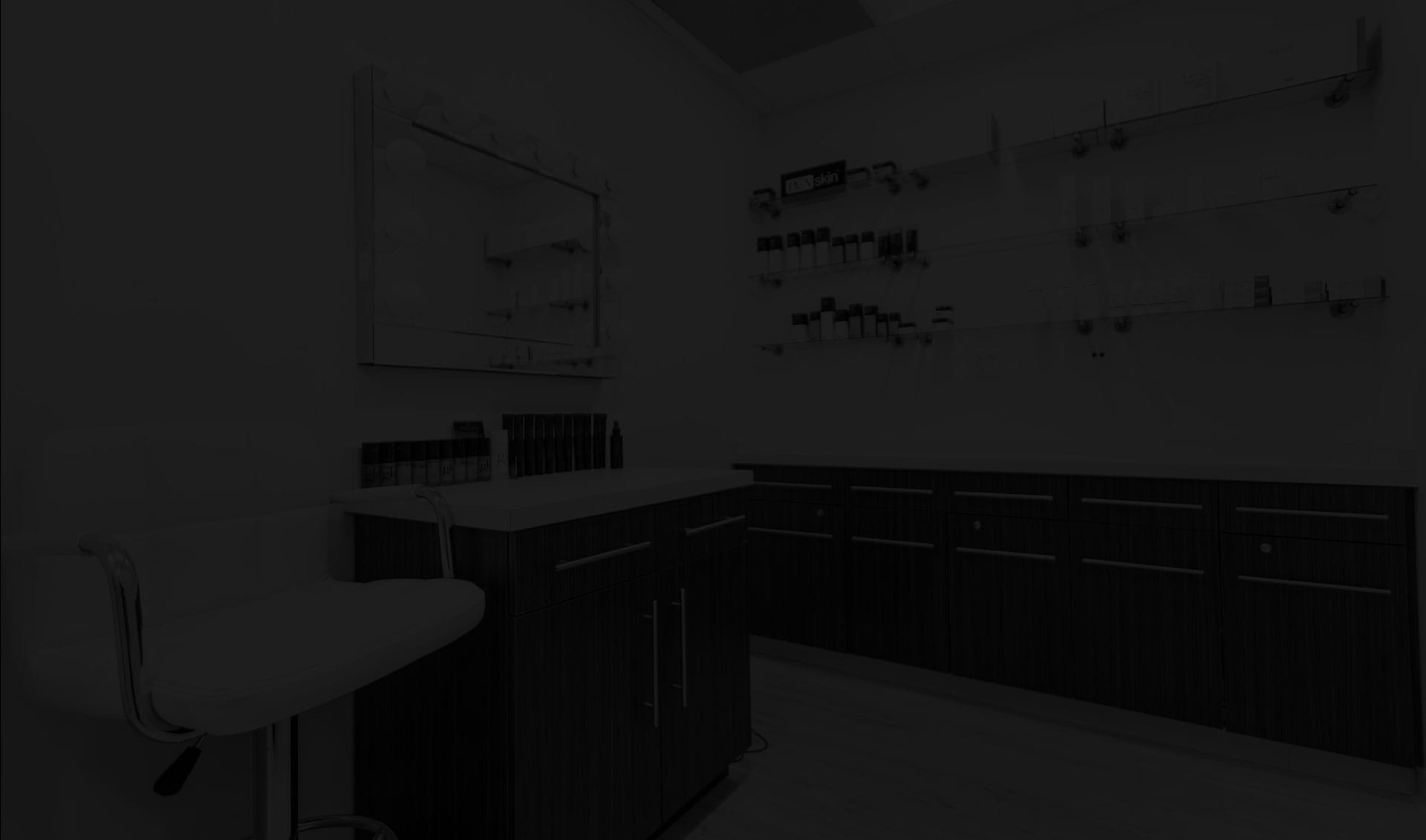Aging is a natural process of all life and fighting such a fundamental and natural phenomenon might seem futile. What if out of all of the factors that equate to aging, we could isolate the single most important one that makes us look older than we actually are and, maybe, that makes us look old, period?
Well, as it turns out, more than one peer-reviewed scientific study has already isolated that single target. It’s the one that gives us between 60 and 80 percent of our aged look. And it has been shining in our faces for a long time.
Let’s look at just one of these studies: In 2013, a team of scientists from France concluded that not only is aging most influenced by extrinsic factors — meaning, external factors that come from outside of our bodies — but that UV exposure appeared to be responsible for a full “80% of visible facial aging signs.” Other studies rank that number even higher, concluding that up to 90 percent of the aged look of our skin comes about from sun exposure. Excessive sun exposure is also the major cause of the most common form of cancer today (skin cancer) and doctors believe it can be avoided altogether by preventing sun damage.
The sun gives off two types of radiation that impact our skin: Ultraviolet A (UVA) and Ultraviolet B (UVB). We need to protect ourselves from prolonged exposure to either of them. UVA makes up 95% of the sunlight that reaches our skin and is considered the sun’s “silent killer” as, unlike UVB rays, you won’t feel the effect of UVA rays damaging your skin. These UVA rays are also what a sunscreen’s SPF rating is based on: to safeguard yourself from UVB rays as well, pick up a sunscreen that is also labeled “broad spectrum.” And keep in mind that it’s not only “when the sun is out” that we need to be mindful of sunscreen, rather, it’s any time that daylight is present.
Of course, the sun is also a prime source of vitamin D, which helps us to protect from various diseases including heart disease, osteoporosis, and three types of cancer, as well as insomnia and depression. Where do we draw the line? Ten to fifteen minutes of sun exposure can give you 10,000 IU of vitamin D that is generally recommended.
The study by French scientists mentioned above also found that a decrease of just 2% in “sun damage percentage” could equate to lowering our visual age by 3 years over a lifetime. Thus, here are some suggestions to help you stay safer, look more youthful, and remain healthy:
- Always wear sunscreen
- Use sunglasses that filter UV light
- Use a broad-spectrum sunscreen with an SPF of at least 30.
- Avoid sun exposure from 10 am to 3 pm as the rays causing sunburn are strongest at that time
- Refrain from tanning beds. They increase the odds of contracting melanoma by anywhere from 15 to 75 percent, depending on the age at which a person starts using them.
- Make sun protection a habit. The best sunscreen, says the Skin Cancer Foundation, is “the one you’re most likely to use.”
As always, ask our Rashid Plastic Surgery and Medspa team for the most effective skincare products and skin rejuvenating treatments to help you look your best!



